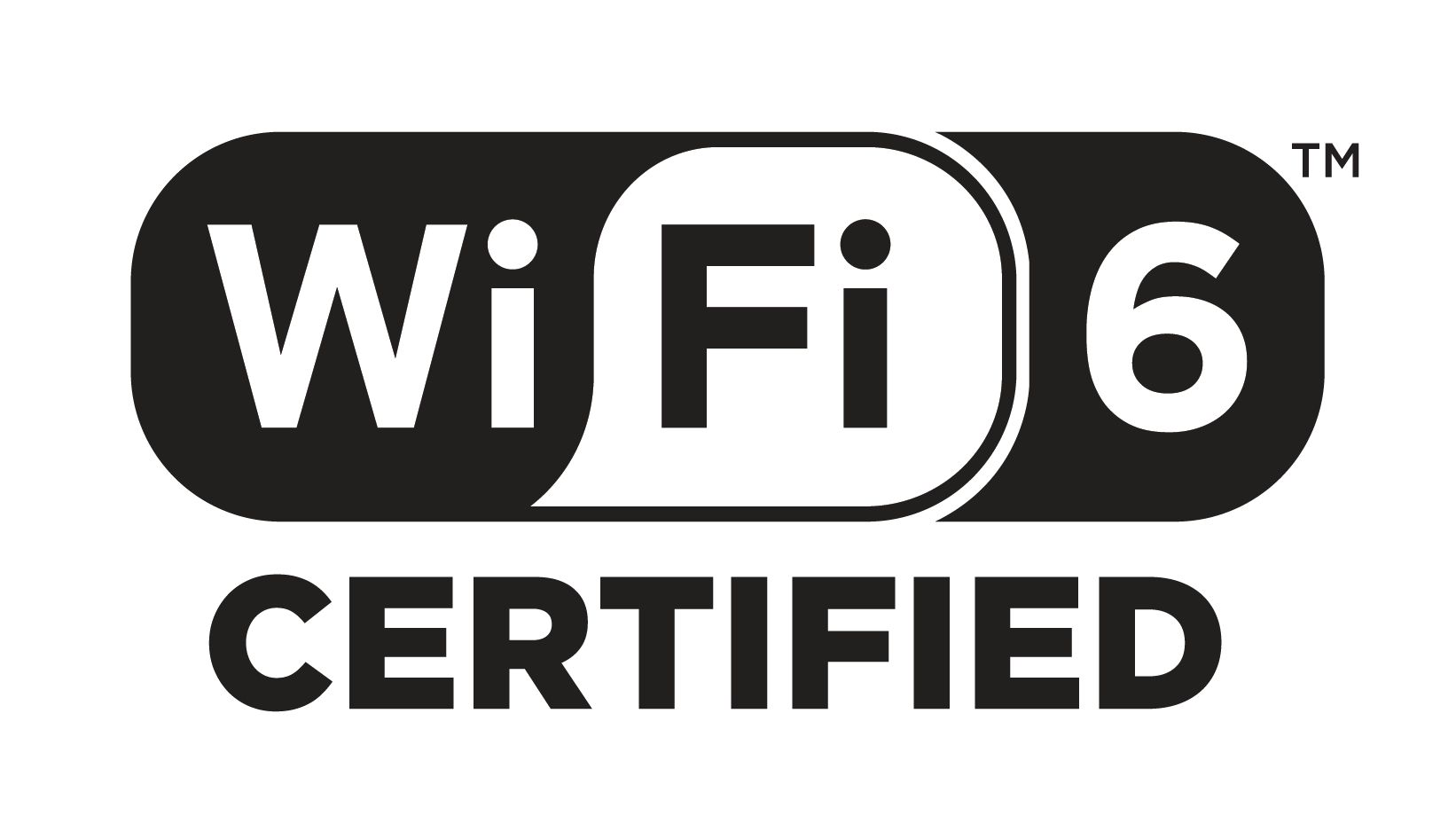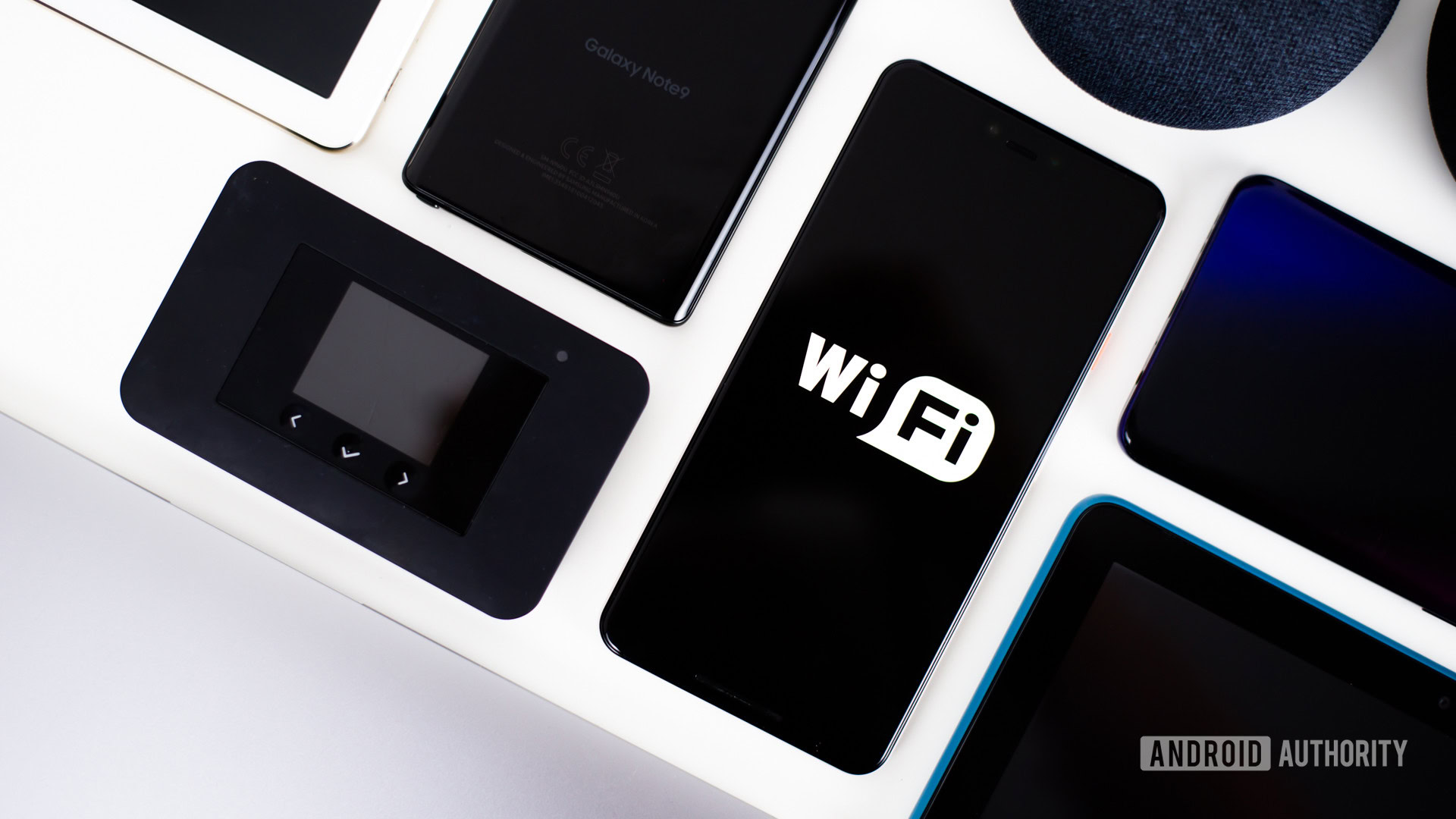Affiliate links on Android Authority may earn us a commission. Learn more.
Wi-Fi 6E is coming: Here's what it means for you

Hot on the heels of the first commercial Wi-Fi 6 hardware making its way to the market, the Wi-Fi Alliance has announced an upgrade to the standard. Dubbed Wi-Fi 6E, the upgraded networking standard has been designed to make use of the unlicensed 6GHz spectrum. Unsure what that means? Let us explain.
Connected devices are getting incredibly common. From smart displays to connected door locks and more, every smart device we add to our home eats up bandwidth and congests the local Wi-Fi network. Wi-Fi 6E is designed to solve this problem.
As we head towards exhausting the spectrum capacity of the 5GHz band, there is talk to open up the 6GHz band for unlicensed operation. This band has so far been restricted for devices like radars. Wi-Fi 6E opens up 14 additional 80MHz channels and seven more 160MHz channels which will open up much-needed bandwidth.
For consumers, this means more consistent and reliable high-definition video streaming all the way up to 8K resolution, as well as enough throughput and reduced latency for AR/VR use cases. You will also be able to add more connected devices to your home network without slowing down everything else.

The Wi-Fi Alliance expects smartphones and home access points to be the first adopters for the technology. Of course, this is still up for regulatory scrutiny and it could be anywhere from a few months to a year before we start seeing the first devices with Wi-Fi 6E support roll off the assembly line.
CES 2020 has seen the arrival of a wide-range of Wi-Fi 6 compatible hardware. Are you excited to jump onto the latest home routers or will you wait till more phones and laptops support the standard? Let us know in the comments section.